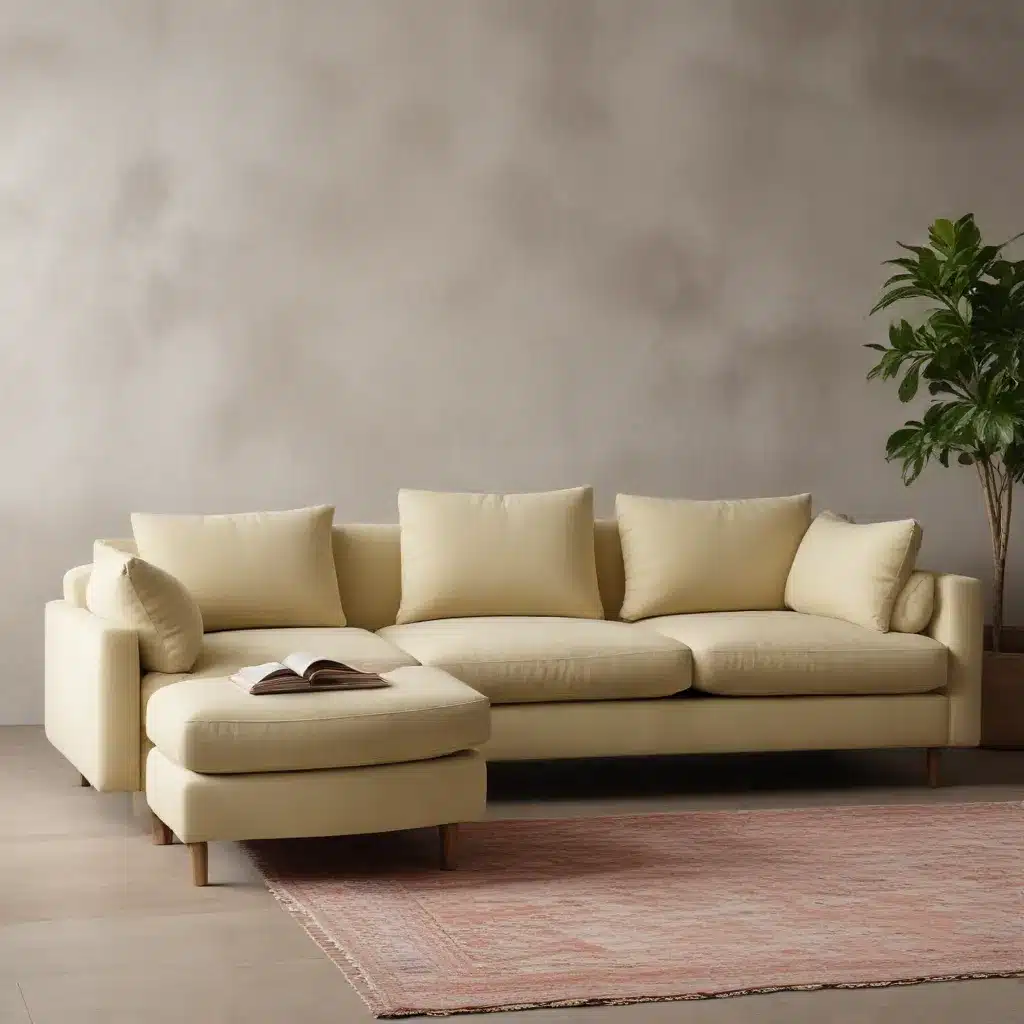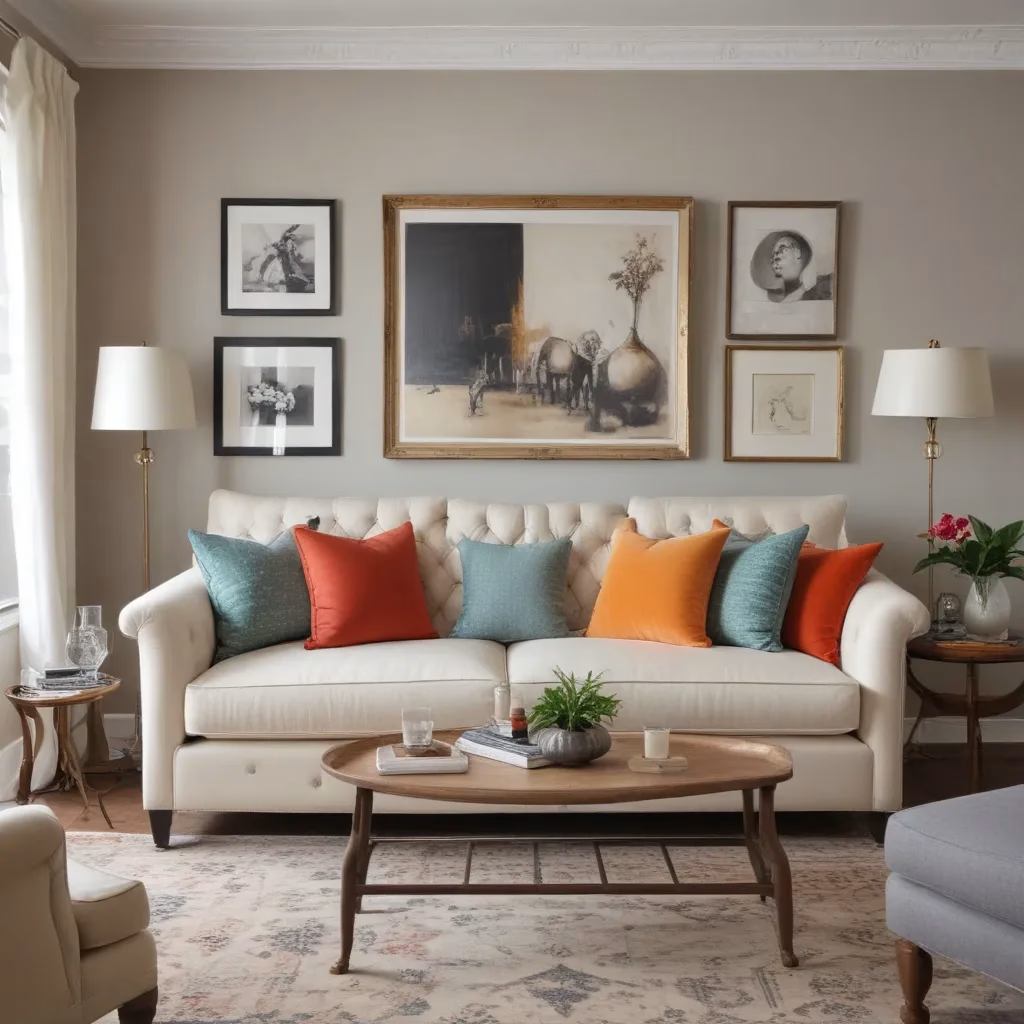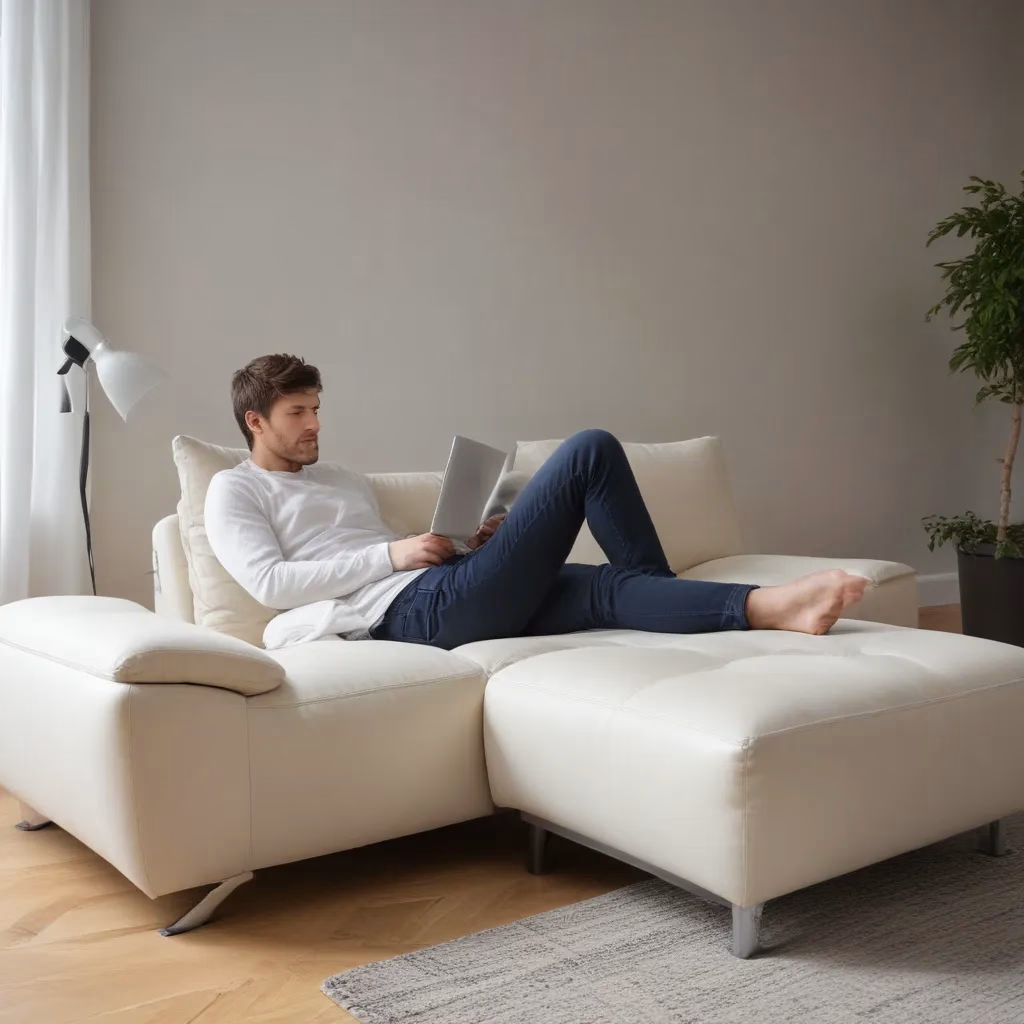
The Rise of Green Furniture
As a furniture specialist with years of experience in the industry, I’ve witnessed a significant shift in consumer preferences towards eco-friendly home furnishings. This trend is particularly evident in the sofa market, where sustainability has become a key consideration for many buyers.
The growing awareness of environmental issues has prompted homeowners and interior designers alike to seek out furniture options that minimize ecological impact without compromising on style or comfort. This shift isn’t just a passing fad; it’s a fundamental change in how we approach our living spaces.
In my practice, I’ve noticed that clients are increasingly asking about the materials used in sofas, the manufacturing processes involved, and the overall environmental footprint of their potential purchases. This heightened interest in sustainable sofas is driving innovation in the furniture industry, leading to a wide array of eco-friendly upholstery options and construction methods.
Understanding Eco-Friendly Upholstery
When we talk about eco-friendly upholstery, we’re referring to materials and processes that have a reduced impact on the environment compared to traditional options. But what exactly makes a sofa upholstery eco-friendly?
In my experience, truly sustainable upholstery options often incorporate one or more of the following elements:
- Organic Materials: Fabrics made from organically grown fibers like cotton, hemp, or linen.
- Recycled Content: Upholstery that incorporates recycled materials, such as polyester made from recycled plastic bottles.
- Natural Fibers: Materials like wool, jute, or sisal that are renewable and biodegradable.
- Low-Impact Dyes: The use of natural or low-impact dyes that reduce water pollution and chemical use.
- Durability: Long-lasting materials that reduce the need for frequent replacement.
It’s important to note that sustainability in upholstery isn’t just about the fabric itself. The entire lifecycle of the sofa, from production to disposal, should be considered. This includes the sourcing of materials, manufacturing processes, transportation, and even the potential for recycling or biodegradation at the end of the sofa’s life.
Popular Eco-Friendly Upholstery Options
Over the years, I’ve worked with a variety of eco-friendly upholstery materials. Here are some of the most popular options I’ve encountered:
Organic Cotton
Organic cotton is a favorite among my environmentally conscious clients. It’s grown without the use of harmful pesticides or synthetic fertilizers, making it a more sustainable choice than conventional cotton. The fabric is soft, breathable, and available in a wide range of colors and patterns.
However, it’s worth noting that organic cotton can be more expensive than its conventional counterpart. It may also require more careful maintenance to keep it looking its best.
Recycled Polyester
Recycled polyester, often made from post-consumer plastic bottles, is an innovative solution to the problem of plastic waste. This material is durable, easy to clean, and can be made to mimic the look and feel of various fabrics.
In my experience, clients are often surprised by the quality and comfort of recycled polyester upholstery. It’s a great option for those looking for a low-maintenance, eco-friendly choice.
Hemp
Hemp is one of the most sustainable fibers available. It grows quickly without the need for pesticides and requires less water than many other crops. Hemp fabric is strong, durable, and naturally resistant to mold and UV rays.
I’ve found that hemp upholstery has a unique texture that some clients love for its natural, organic feel. It’s particularly well-suited to casual, rustic, or bohemian-style interiors.
Wool
Wool is a natural, renewable fiber that has been used in upholstery for centuries. It’s naturally flame-resistant, durable, and biodegradable. Wool also has excellent temperature-regulating properties, making it comfortable in both warm and cool climates.
In my practice, I often recommend wool upholstery for clients looking for a luxurious, long-lasting option. It’s particularly well-suited to formal living rooms or high-end interiors.
Certifications to Look For
When advising clients on sustainable sofas, I always emphasize the importance of looking for credible certifications. These can provide assurance that the product meets certain environmental and social standards. Some key certifications to look for include:
-
Global Organic Textile Standard (GOTS): This certifies that textiles contain a minimum of 70% organic fibers.
-
OEKO-TEX Standard 100: This ensures that textiles have been tested for harmful substances.
-
Greenguard: This certification indicates low chemical emissions, contributing to better indoor air quality.
-
Forest Stewardship Council (FSC): For wooden sofa frames, this certifies that the wood comes from responsibly managed forests.
-
Cradle to Cradle: This holistic certification looks at material health, material reuse, renewable energy use, water stewardship, and social fairness.
Remember, these certifications can apply to different aspects of the sofa – from the upholstery fabric to the frame materials or even the entire manufacturing process.
Maintaining Your Eco-Friendly Sofa
Proper maintenance is crucial for extending the life of any sofa, and eco-friendly options are no exception. In fact, by keeping your sustainable sofa in good condition, you’re further reducing its environmental impact by delaying the need for replacement.
Here are some tips I always share with my clients:
-
Regular Cleaning: Vacuum your sofa weekly to remove dust and debris. This is particularly important for natural fibers like wool or cotton.
-
Spot Cleaning: Address spills immediately. Use a clean, damp cloth to blot (not rub) the spill. For tougher stains, use a mild, eco-friendly cleaning solution.
-
Avoid Direct Sunlight: Prolonged exposure to sunlight can fade and weaken fabric fibers. If possible, position your sofa away from direct sunlight or use curtains to filter strong light.
-
Rotate Cushions: Regularly rotating and flipping cushions helps distribute wear evenly, prolonging the life of your sofa.
-
Professional Cleaning: Consider professional cleaning once a year or as recommended by the manufacturer. Look for cleaning services that use eco-friendly methods and products.
Remember, different materials may require specific care. Always check the manufacturer’s care instructions for your particular sofa.
Choosing the Right Eco-Friendly Sofa for Your Home
Selecting the perfect eco-friendly sofa involves more than just considering the upholstery material. Here are some factors I advise my clients to consider:
-
Lifestyle: Consider your daily habits. Do you have children or pets? Do you often entertain? These factors can influence the type of upholstery that will work best for you.
-
Color and Pattern: Eco-friendly upholstery comes in a wide range of colors and patterns. Consider how your choice will fit with your existing décor.
-
Comfort: Don’t forget to test the comfort of the sofa. Sustainability shouldn’t come at the cost of comfort.
-
Size and Scale: Ensure the sofa fits well in your space. An appropriately sized sofa can help reduce energy use by improving room efficiency.
-
Brand Reputation: Research the brand’s commitment to sustainability. Look for companies that are transparent about their materials and processes.
-
End-of-Life Considerations: Think about what will happen to the sofa when it’s no longer usable. Some companies offer take-back programs or provide guidance on recycling.
When in doubt, don’t hesitate to ask questions. A reputable retailer or manufacturer should be able to provide detailed information about their eco-friendly options.
The Future of Sustainable Sofas
As someone who’s been in the furniture industry for years, I’m excited about the future of sustainable sofas. Innovations in materials and manufacturing processes are continually expanding the possibilities for eco-friendly furniture.
For example, I’ve seen promising developments in bio-based foams for cushions, which could provide a more sustainable alternative to petroleum-based polyurethane foam. There’s also ongoing research into using agricultural waste products to create new upholstery materials.
Another trend I’m watching closely is the rise of circular design principles in furniture manufacturing. This approach aims to eliminate waste and maximize resource use by designing products that can be easily repaired, refurbished, or recycled at the end of their life.
Conclusion
Choosing an eco-friendly sofa is a significant step towards creating a more sustainable home. By opting for sofas with sustainable upholstery and construction, we can reduce our environmental impact without compromising on style or comfort.
Remember, sustainability in home furnishings is about more than just the initial purchase. It’s about making choices that support long-term environmental health – from selecting durable, high-quality pieces to maintaining them properly and considering their end-of-life disposal.
As you embark on your journey to find the perfect eco-friendly sofa, I encourage you to ask questions, do your research, and consider the full lifecycle of your furniture. And if you’re looking for more information on sustainable furniture options, don’t hesitate to check out the resources available at Sofa Spectacular.
With mindful choices, we can create beautiful, comfortable living spaces that are kind to our planet. Here’s to greener, more sustainable homes!



